Joint Base Lewis-McChord, Wash. - A squad of six Soldiers with dummy weapons in hand wait for the squad ahead of them to complete the Tactical Combat Casualty obstacle lane, when they hear an instructor yell "go, go, go, the team ahead of you was hit too hard and needs your assistance."
The squad takes off running ready to use the training they learned while attending the Tactical Combat Casualty Course.
Soldiers of the 61st Chemical Company at Joint Base Lewis-McChord, Wash., participated in the TC-3 at the Medical Simulation Training Center, March 8-10.
During the three day course, also known as the Combat Lifesaver Course, the Soldiers were taught the three phases of basic military lifesaving skills, of care under fire, tactical field care and tactical evacuations.
"The past three days we've been doing the Tactical Combat Casualty Course/Combat Lifesaver Course learning the intricacies and the fundamentals behind immediate response," said Capt. John Boyle, 61st Chemical Company Commander.
Soldiers spend the first day in a class room setting learning the basics of how to treat casualties and why they are treating them the way they are.
"It's absolutely critical for everyone in the military to know because they not only teach you how to react but why you are reacting in that manner so you can understand why you apply a dressing in a certain manner versus another way, which could be detrimental to the situation," said Boyle, an Enfield, Conn., native.
The second day consists of the Soldiers being in small groups practicing what they learned the day before. On the third day the Soldiers get into their squads and put everything they learned in motion.
"Besides obviously saving a life, well your friend's life, your battle buddy's life, it's just great onsite training," said Pvt. Wayne Henry, a chemical specialist, 61st Chemical Company, a New York native. "It actually gives you the mindset of being in combat and your reaction. Everything you might perceive yourself doing and what you might actually do are two major differences."
One of the ways the leadership of the company taught the lower enlisted Soldiers what really goes on when deployed was by putting them in charge of their squads during the exercise.
"When you put someone in charge, they are yelling the orders with the simulated fire and the leadership is pushing and driving the Soldier," said Boyle. "It was a good scenario to put them through. The take away is that stress. If you don't train like you fight, when you do go to fight, you could come up short in what your body needs to do."
Soldiers learned that when in a field scenario nothing is the same or as easy as it was in the classroom.
"Once I was out there in the field training, the classroom aspect really took hold," said Henry. "Actually performing the task is completely different than the classroom. Your adrenaline is pumping and you know all the right steps to do."
Once completed with the course, the Soldiers felt much more confident in themselves and their battle buddies.
"The tourniquets and all that stuff is really great, but the best thing I got out of today is being able to look at the people in my squad and know that these people are really going to have me when everything hits the fan," said Henry. "Everybody in my squad today was able to perform better than I could expect. I actually feel if something goes down, I'll be okay."
The company had one main goal during their TC-3 training.
"Our goal in our unit is to reach 100 percent combat lifesaver qualified," said Boyle. "You never know when you'll be called upon to use these skills to save a life. One life lost because of the lack of training is too many."
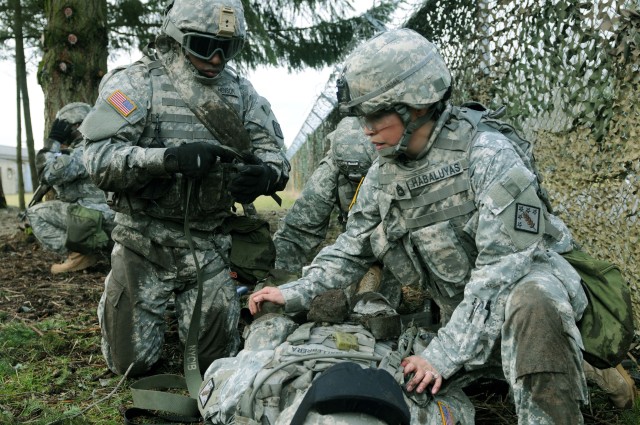
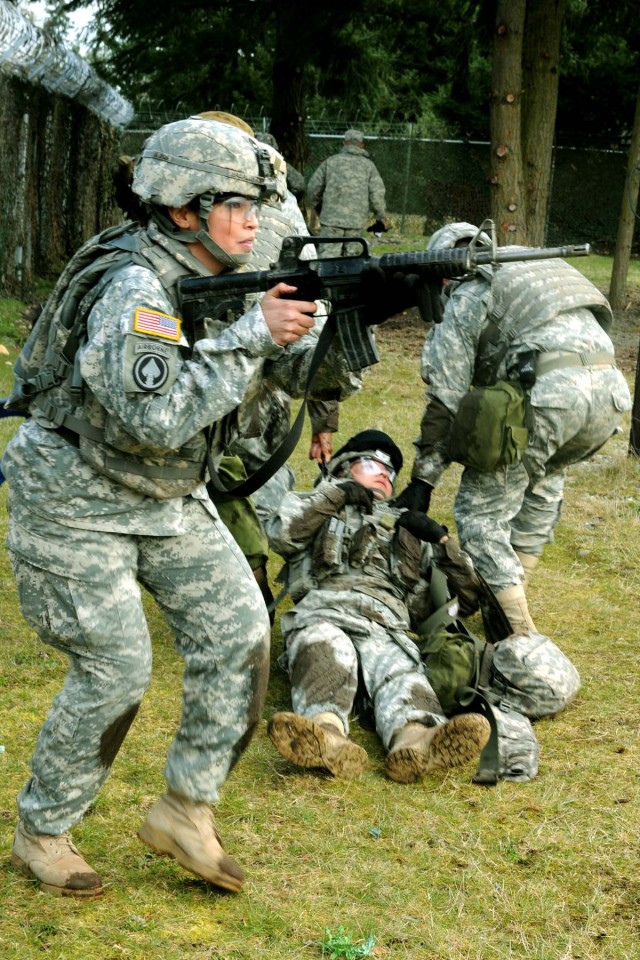
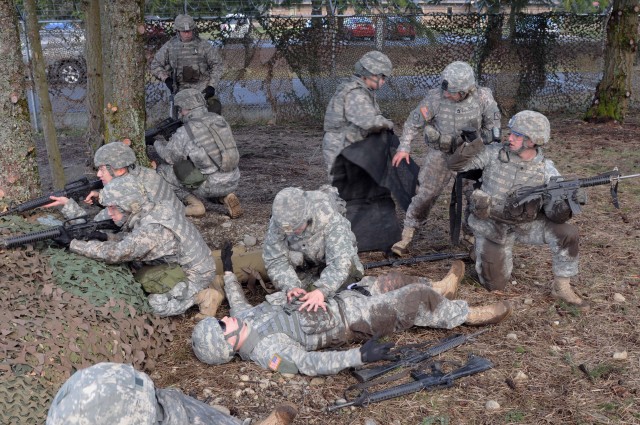
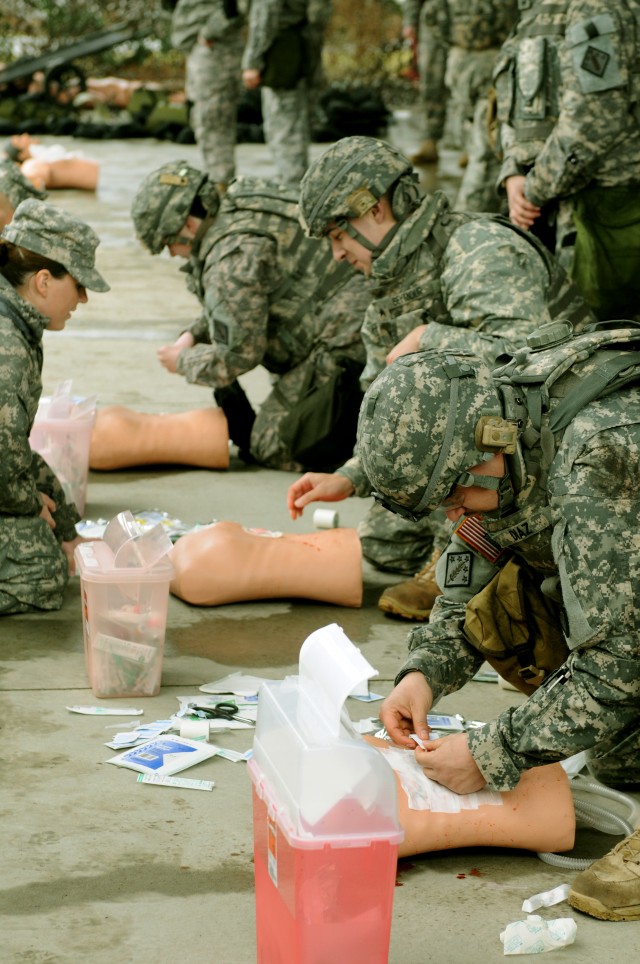
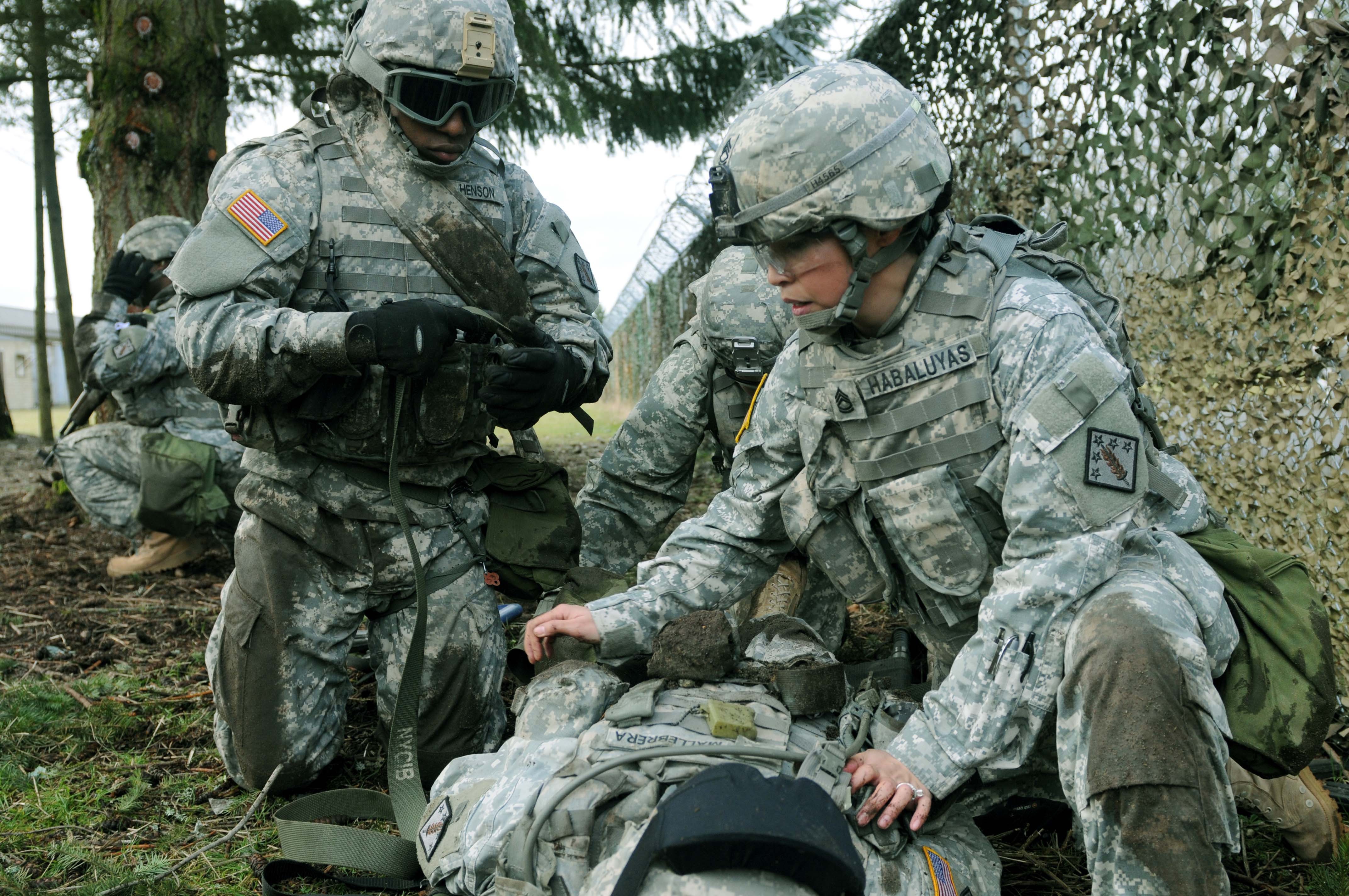
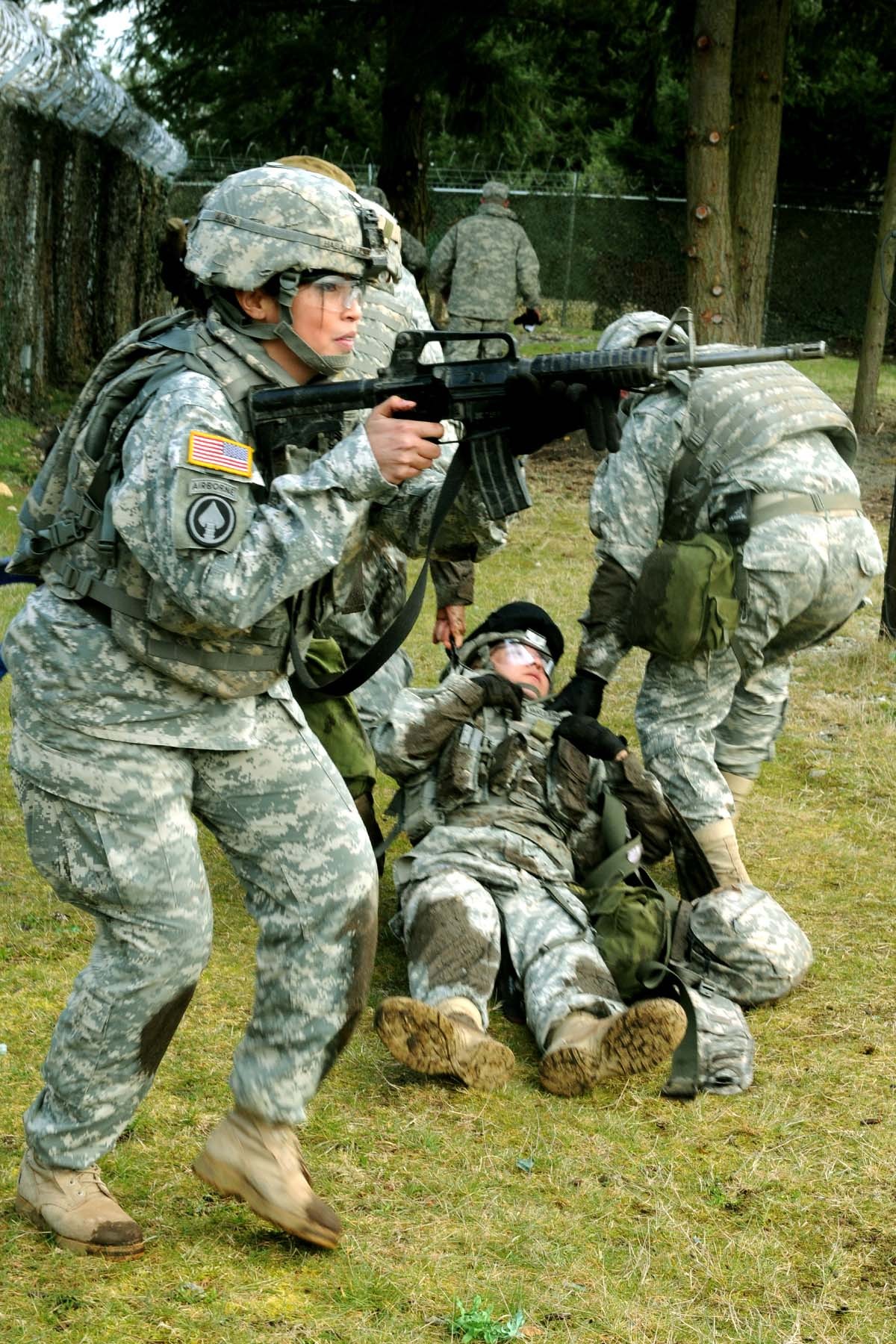
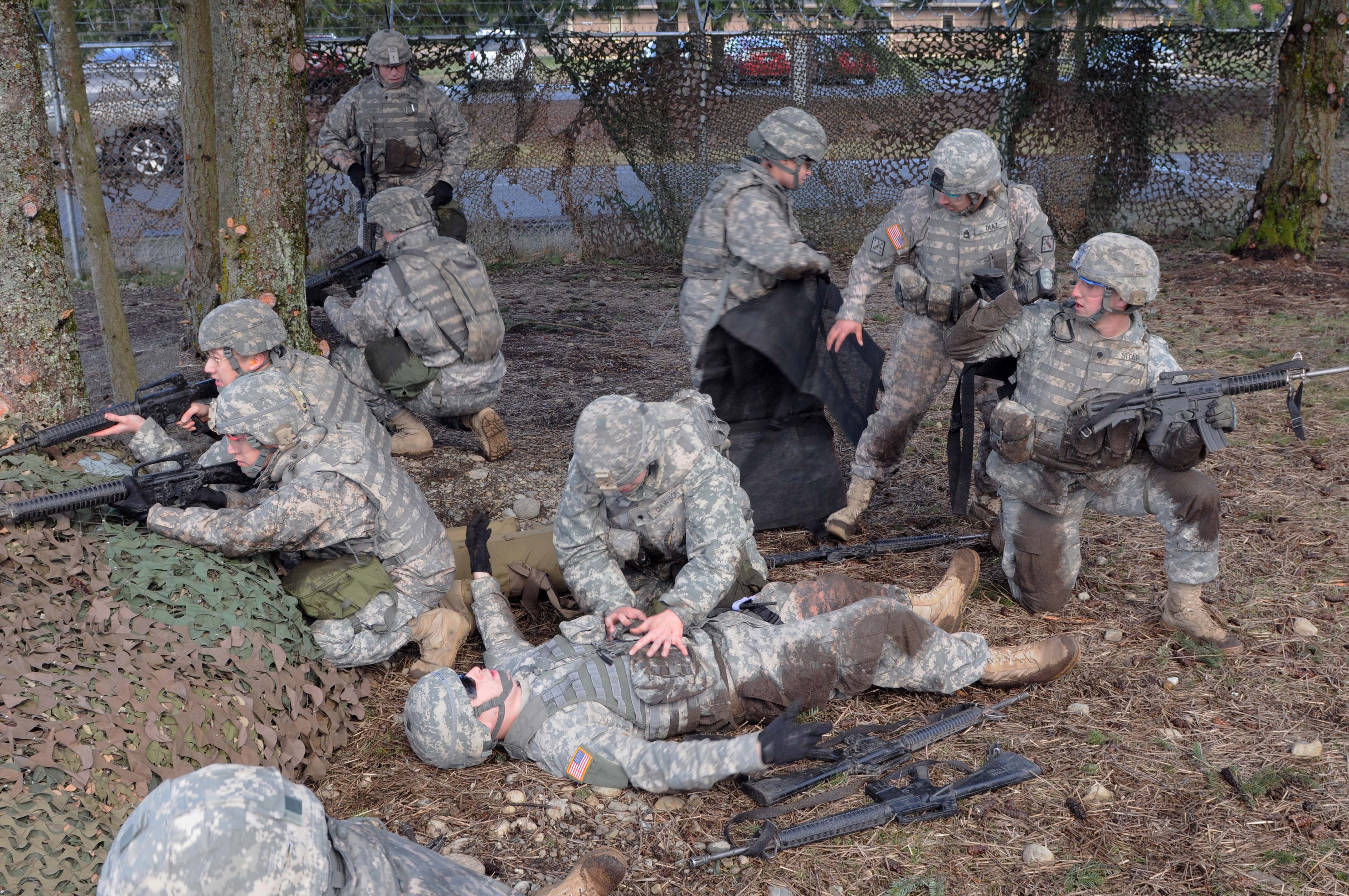
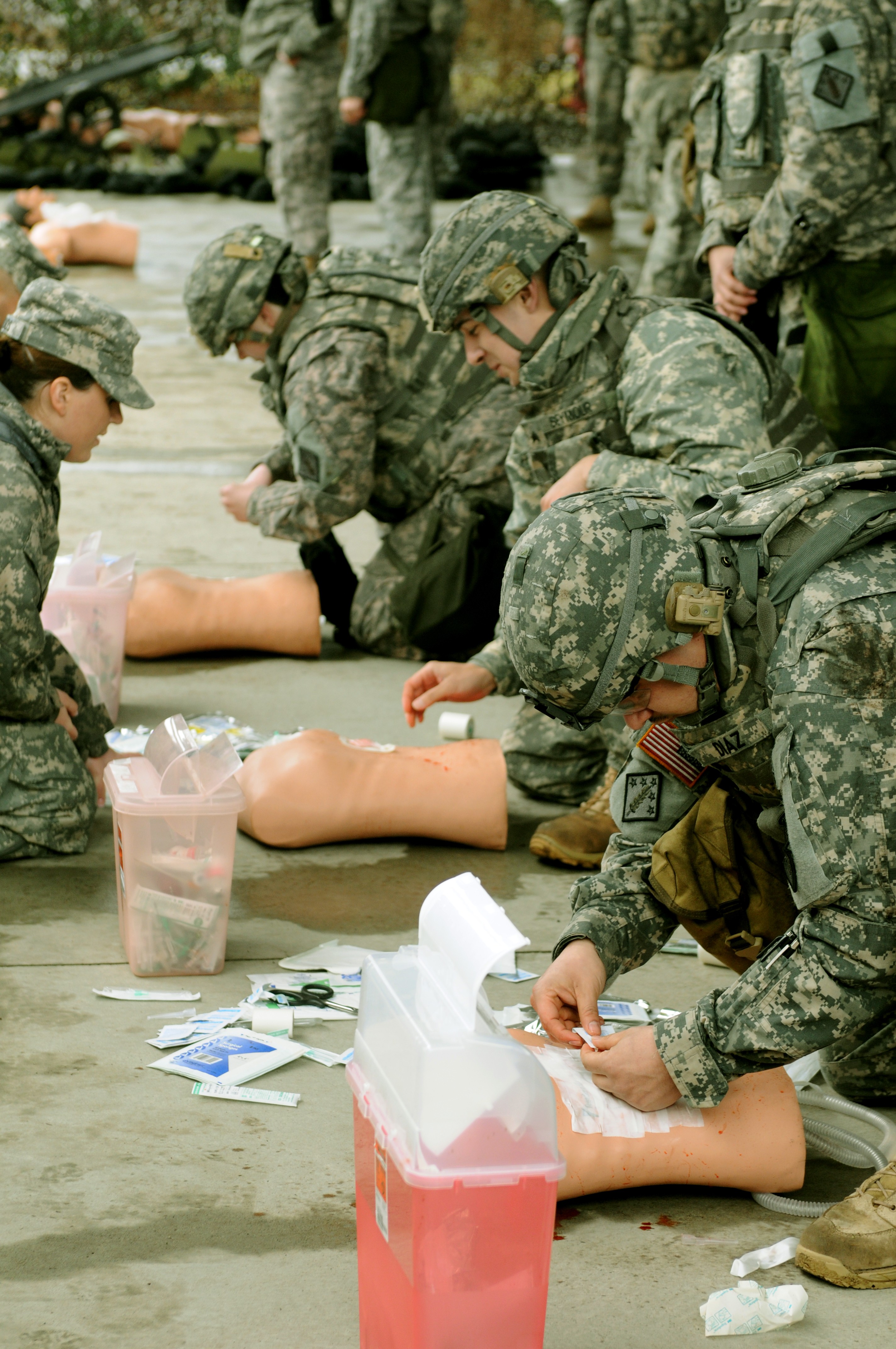
Social Sharing